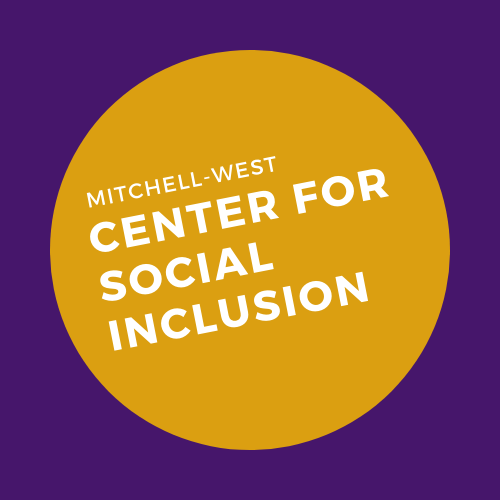Social Inclusion from the Inside-Out
In 2016, we approached Limestone Correctional Facility, a large maximum-security prison that holds approximately 2200 men, to see whether UNA could help to meet the facility’s educational needs as outlined in a local news article. A series of meetings culminated in our first course offering, an interdisciplinary experiment we called “Crime and Punishment in American Culture,” which combined our areas of expertise in the social sciences and humanities. This course, which proved popular, filled a unique niche in the facility, where existing programming was primarily trade-based. We learned many pedagogical lessons from this experience, which we detail in an article we wrote together for the Chronicle of Higher Education. According to our course evaluations, the intersection of literature and criminology also helped students to better understand their own pathways to incarceration. This inspired us to seek other programming models that would deepen the sort of reflection and critical inquiry into issues of crime, punishment, and healing our students were craving. The following year, we implemented two new programming models that have also evolved into areas of research: The IF Project and The Inside-Out Prison Exchange Program.
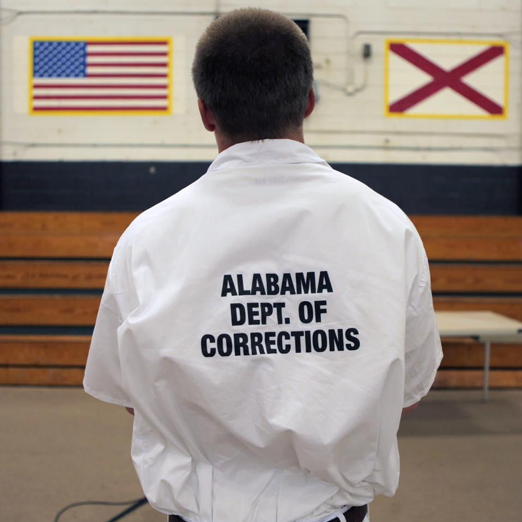
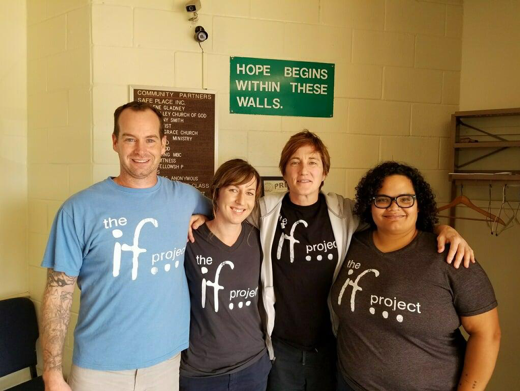
The IF Project
The IF Project is “a collaboration among law enforcement, currently and previously incarcerated adults, and community leaders focused on intervention, prevention, and reduction in incarceration and recidivism.” The program, which was founded in 2008 by Detective Kim Bogucki and incarcerated resident Renata Abramson in the Washington Corrections Center for Women, evolved into a writers’ program and series that poses the question, “If there was something someone could have said or done to change the path that led you to prison, what would it have been?” We were thrilled to host Detective Bogucki and her team at Limestone Correctional Facility and at UNA for screenings of their documentary.
The IF Project Documentary Trailer from Kathlyn Horan | TinFish Films on Vimeo.
After training with the IF team and running the writers’ series with a pilot group of men at Limestone in 2017, we partnered with NYU’s Betagov to create and implement a randomized controlled trial the following year. We wanted to know whether the program’s powerful and intensive model of expressive writing and pro-social sharing led to measurable positive outcomes for participants. Many of their written insights were stunning, heartfelt, and revealed a deep-rooted sense of social isolation:
“IF at that time someone had said, ‘Don’t give up. You matter. Your pain matters. Your mind matters. I know it hurts. But there are some constructive ways to deal with it. You can get help but, if you quit, that help may never come.’ If someone could have told me that my choices would make things so much worse for me and everybody else, I believe I would have hung in there a little longer…”
Our writing sessions were designed to alleviate isolation through compassionate listening and sharing. Though our sample was small, we found statistically significant reductions in anxiety and marginally significant reductions in loneliness among our intervention group. We presented the results of our research at the 2019 annual Southern Sociological Society conference and are working to publish an article that discuss the program and our findings in greater detail.
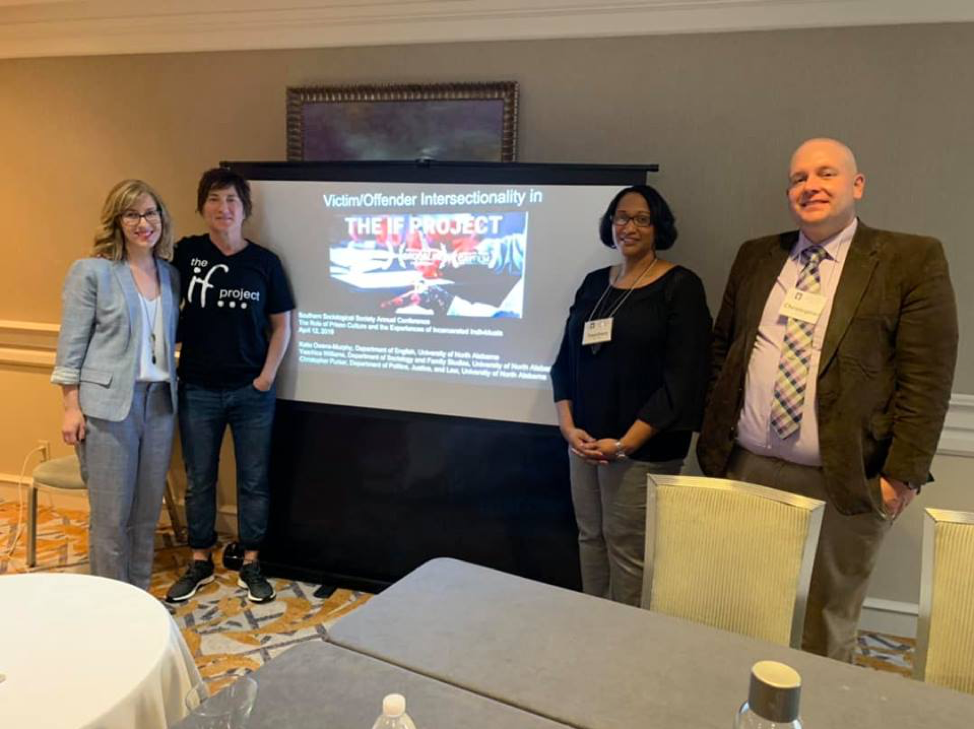
The Inside-Out Prison Exchange Program
We also brought the international Inside-Out Prison Exchange Program to Alabama for the first time in Spring 2018. The program brings together incarcerated (“inside”) and non-incarcerated (“outside”) students in the same classroom to study intersections of literature and criminology. The program is offered through UNA’s Department of English and is cross-listed with Political Science and Criminal Justice. Inside-Out classes are democratic, discussion-based, and culminate in capstone, student-led small group projects.
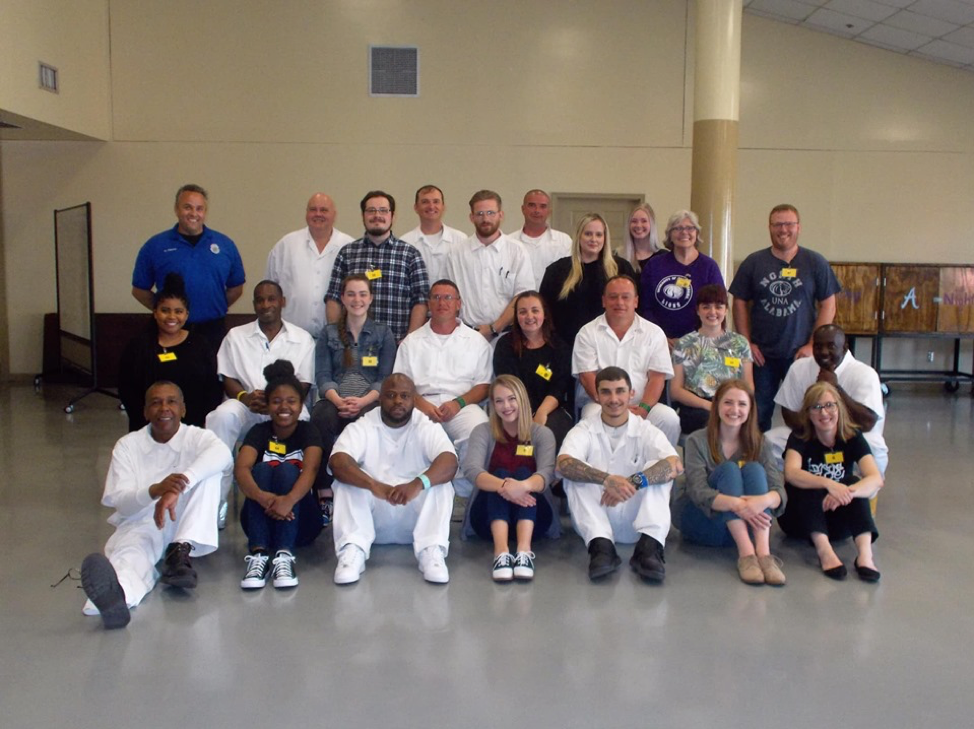
Our topics have included “Restorative Justice in American Literature” and “Risk and Resilience in Literature.” This year, we were pleased to host the Actors from the London Stage, who performed “King Lear” at Limestone-- the first play to ever be performed at the facility.
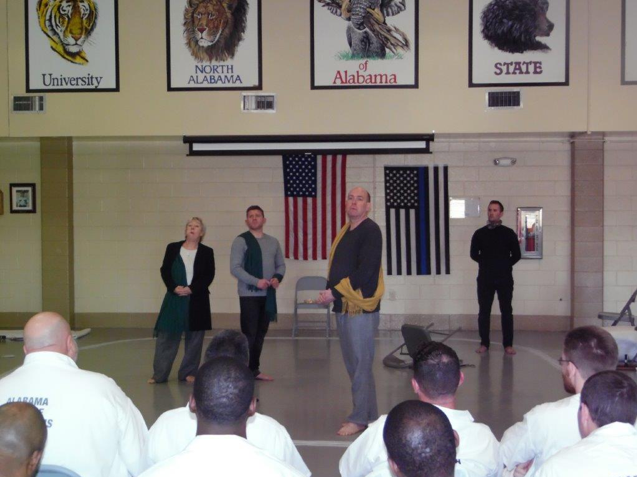
Our capstone projects centered on a risk and resilience analysis of a single character from the play. Students were then challenged to present their analysis through a creative performance. This group of students used their analysis to write an alternate ending for the Earl of Kent, which they deliver in a Shakespearean sonnet:
Other videos and photos that document the course are available on our UNA Institutional Repository site. M. Storm Spencer, our graduate student researcher, has also helped to develop an instrument for assessing Inside-Out’s impact on academic self-efficacy. We will be presenting our results at the 2019 American Society of Criminology in San Francisco. UNA students who have taken Inside-Out courses for graduate credit have also presented about their experiences to the UNA campus and local community.
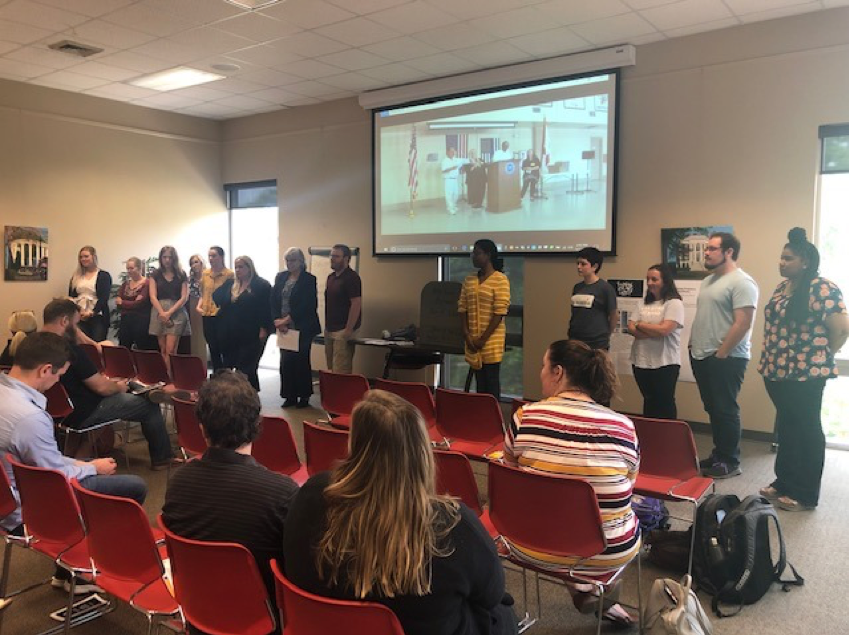
Beyond the course, we continue to meet on a monthly basis in our Inside-Out Think Tank, “Restorative Justice for Alabama.” Our Think Tank will now host the program's international instructor training beginning in Summer 2020. Faculty from all over the world will travel to UNA and to Limestone Correctional Facility as they train to become facilitators for the Inside-Out Program. Our Think Tank is also beginning some research of its own. We have just completed a training in Critical Participatory Action Research (CPAR) that we are using to launch a new collaborative research project.
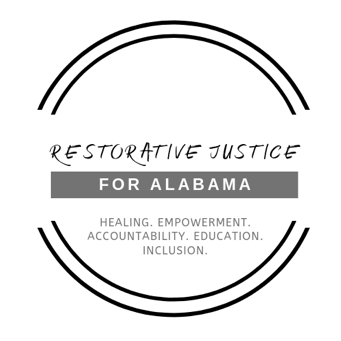
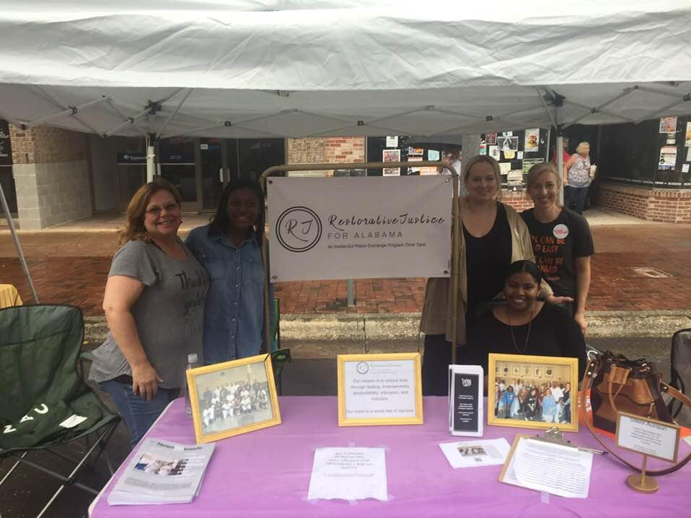
We are grateful to the Alabama Humanities Foundation and to our UNA administrators for the support we have received for these initiatives!
Social Inclusion: Why It Matters
“The Inside-Out Program reminded me that I am still a part of society and that my input and opinions on societal problems are still important. For two hours a week, I found a way to revisit freedom. Thank you for breathing life back into us and letting us know we have not been forgotten.” ~Inside student participant
“Thank you so much for this chance of understanding. To know that I’m not alone changed so much for me.” ~IF Project participant
The power of these programs lies in the way they deliberately breach the inside-outside divide that isolates incarcerated people from the broader world. The IF Project and its documentary attempts to transform the way that we think about incarcerated people, and the way that incarcerated people think about themselves. The Inside-Out program brings the university into the prison and vice versa:
According to the Bureau of Justice Statistics, 95% of people who are in prison will be released back to their communities; unfortunately, 67% will return to prison. We must decide, as a society, whether we want to support programs and services that allow for a better success rate among these 95%-- that is, whether we will embrace policies that are based on inclusion rather than exclusion. One of the concepts that undergirds indigenous practices of restorative justice is ubuntu, an African communitarian view that sees human beings as undeniably interconnected. Social inclusion, then, is not only a healing salve for our incarcerated students, it is a worldview that asks us to recalibrate our notions of crime with an eye toward healing, reintegration, and kinship. As one of our outside students wrote, “Inside-Out has shown me that all of us, inside and outside students, have more in common than one would imagine.” And, as another wrote, “Inside-Out has shown me connections can be formed with anyone in any circumstance, not just people whom I consider to be similar to me.”
